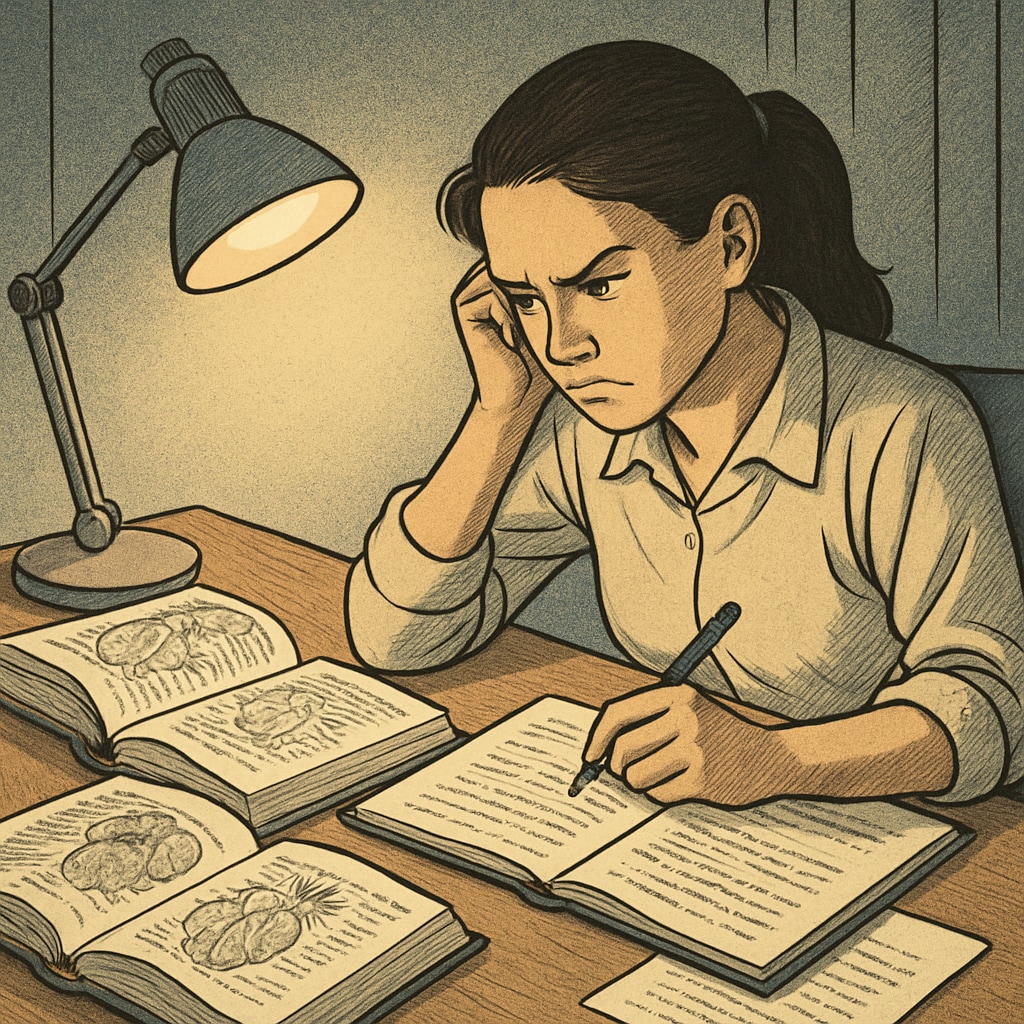The pursuit of medical dreams is often described as a journey of dedication and resilience. However, for students with learning disabilities, this path becomes significantly more complex, especially when compounded by family pressure. These intertwined challenges create a unique educational dilemma that demands thoughtful navigation and practical solutions.

Understanding the Intersection of Learning Disabilities and Medical Aspirations
Learning disabilities (such as dyslexia, ADHD, or processing disorders) can make academic pursuits in rigorous fields like medicine particularly daunting. These challenges often manifest in difficulties with time management, comprehension, or retention, all essential skills for mastering medical concepts. The educational system, despite advancements, is still largely structured for neurotypical learners, leaving students with learning disabilities to adapt or struggle.
Moreover, the societal perception of medicine as a highly intellectual career often deters these students from fully embracing their dreams. This stigma can lead to self-doubt, creating an emotional barrier as significant as the academic hurdles themselves.
- Difficulty in standardized testing and competitive admissions processes
- Lack of tailored support systems in medical schools
- Pressure to conform to traditional learning methods
However, many students have defied these odds by leveraging their unique strengths, seeking accommodations, and embracing alternative strategies for success.
Family Pressure: A Double-Edged Sword
Family expectations can be a motivating force, but they can also add immense pressure, especially in cultures where medicine is viewed as a prestigious profession. Parents or guardians may inadvertently amplify stress by holding students to unrealistic standards, overlooking the challenges posed by learning disabilities.
For instance, a student struggling with dyslexia might face criticism for slower progress, despite their efforts. Such scenarios can lead to feelings of inadequacy and strained family relationships. It’s essential for families to recognize the importance of emotional support and realistic goal-setting.
Key strategies for managing family pressure include:
- Open communication about personal challenges and limitations
- Involving family in the journey by educating them about learning disabilities
- Setting achievable milestones rather than focusing solely on ultimate outcomes

Practical Strategies for Students with Learning Disabilities
Despite the hurdles, students with learning disabilities can achieve their medical dreams by implementing targeted strategies. These include leveraging technology, seeking mentorship, and advocating for accommodations.
For example:
- Assistive Tools: Apps for time management, text-to-speech software, and interactive study platforms can help bridge gaps in learning.
- Mentorship: Connecting with professionals who have overcome similar challenges can provide both inspiration and practical advice.
- Self-Advocacy: Requesting accommodations such as extended test times or alternative formats can level the playing field academically.
Additionally, embracing a growth mindset is crucial. By focusing on incremental progress rather than perfection, students can transform obstacles into opportunities for personal and professional growth.
Redefining Success in the Face of Challenge
It’s vital to recognize that success doesn’t always follow a linear path, particularly for students navigating both learning disabilities and family pressure. Redefining success to include resilience, adaptability, and persistence can lead to fulfilling outcomes, even if they deviate from traditional expectations.
Educational institutions also play a critical role in this journey. By fostering inclusive environments and offering tailored support systems, schools can empower students to excel academically and emotionally.
Ultimately, the pursuit of medical dreams amidst these challenges is a testament to the human spirit’s ability to overcome adversity. With the right strategies and support, students can achieve their aspirations while inspiring others to do the same.
Readability guidance: This article uses short paragraphs, lists, and accessible terminology to ensure clarity. It balances emotional and practical insights while maintaining a professional tone.


